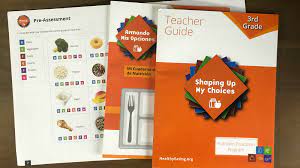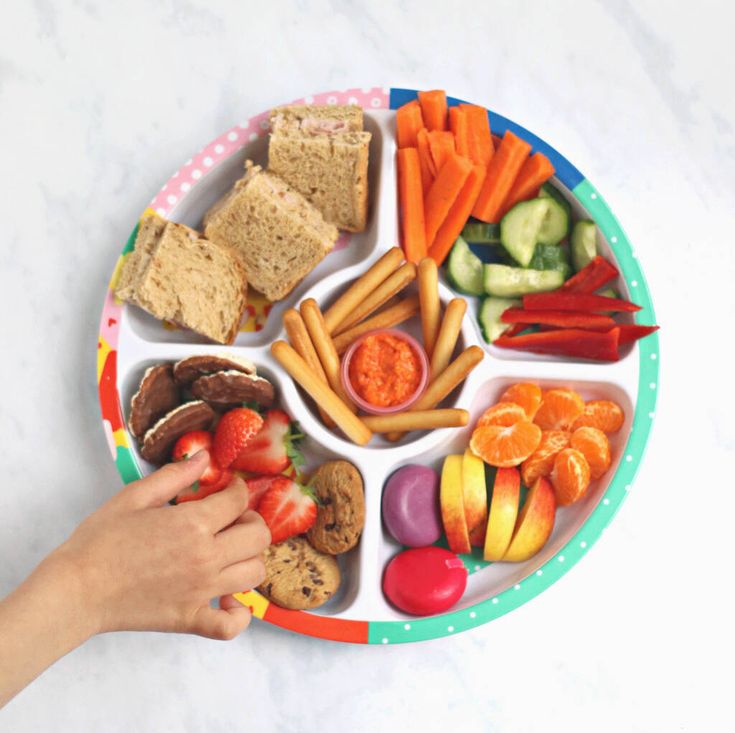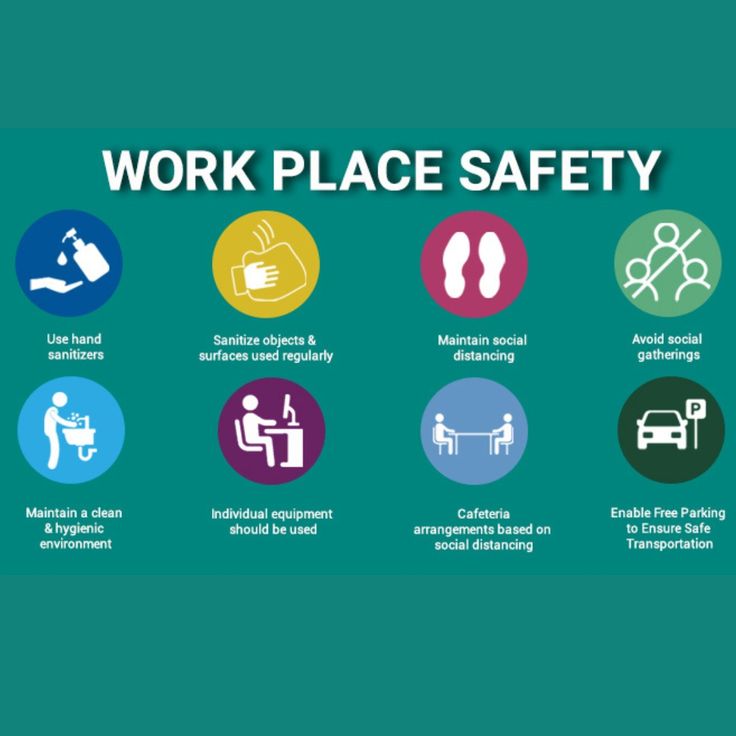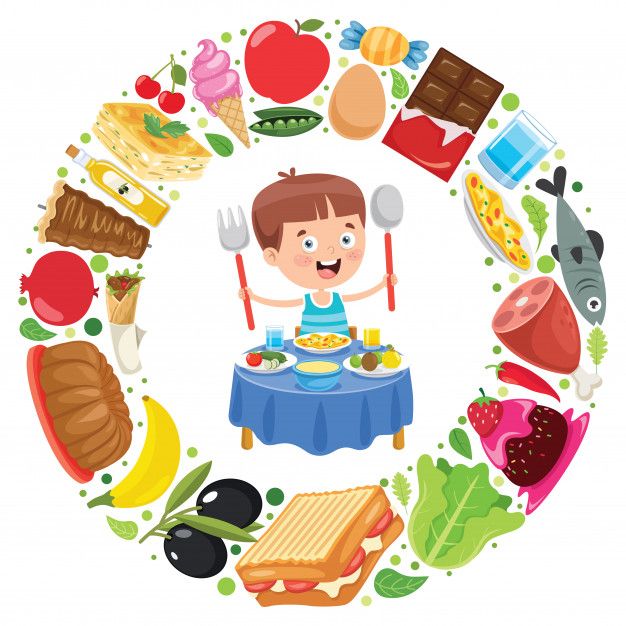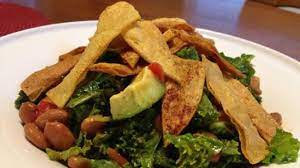Introduction:
The importance of teaching children and young adults about good nutrition cannot be overstated, as it plays a critical role in their overall health and well-being. Recognizing this need, several organizations in California offer free nutrition education resources for teachers. This article highlights some of the best sources of free materials and programs that can be incorporated into lesson plans, helping to foster a healthier future for California’s students.
1. Dairy Council of California (DCC)
The Dairy Council of California provides a wealth of resources designed to ensure that teachers have access to reliable and accurate nutrition education materials. The DCC offers free lesson plans, posters, handouts, activities, and more, focusing on dairy-based nutrition information. They also offer online courses, digital curriculum packages for grades K-12, and interactive tools such as MyPlate Match Game.
Website: https://www.healthyeating.org/
2. California Department of Education
California’s Department of Education supports the delivery of high-quality nutrition education through its Nutrition Services Division (NSD). The NSD provides teachers with access to FREE comprehensive curriculum guides and materials for grades K-12. These materials are compliant with the National Health Education Standards and USDA guidelines.
Website: https://www.cde.ca.gov/ls/nu/he/
3. University of California Cooperative Extension (UCCE)
The UCCE offers free educational resources on healthy eating, physical activity, food safety, and more. Providing lesson plans, fact sheets, videos, and other informative materials suitable for different age groups. Additionally, they offer the Youth EFNEP program designed to educate low-income youth about healthy eating habits.
Website: http://ucanr.edu/Youth-EFNEP/
4. California Foundation for Agriculture in the Classroom (CFAITC)
CFAITC has numerous free resources covering agriculture, nutrition education, and connecting students with farms and farmers. They offer free lesson plans, videos, school garden resources, and publications that incorporate California state education standards.
Website: https://www.learnaboutag.org/
5. Network for a Healthy California – Harvest of the Month Program
This program, funded by the California Department of Public Health, features a different California-grown fruit or vegetable each month. The Harvest of the Month provides teachers with free resources such as newsletters, lesson plans, and tasting activities, helping students learn more about nutritious foods and local agriculture.
Website: https://www.cdph.ca.gov/Programs/CCDPHP/DCDIC/NEOPB/Pages/HOTM.aspx
Conclusion:
Educating students about nutrition is essential for their healthy development in physically active and well-nourished bodies. These free nutrition education resources in California are designed to help teachers integrate valuable information into their current curriculum easily. With access to these resources, teachers can inspire healthy eating habits among students and promote overall well-being within their classrooms.
